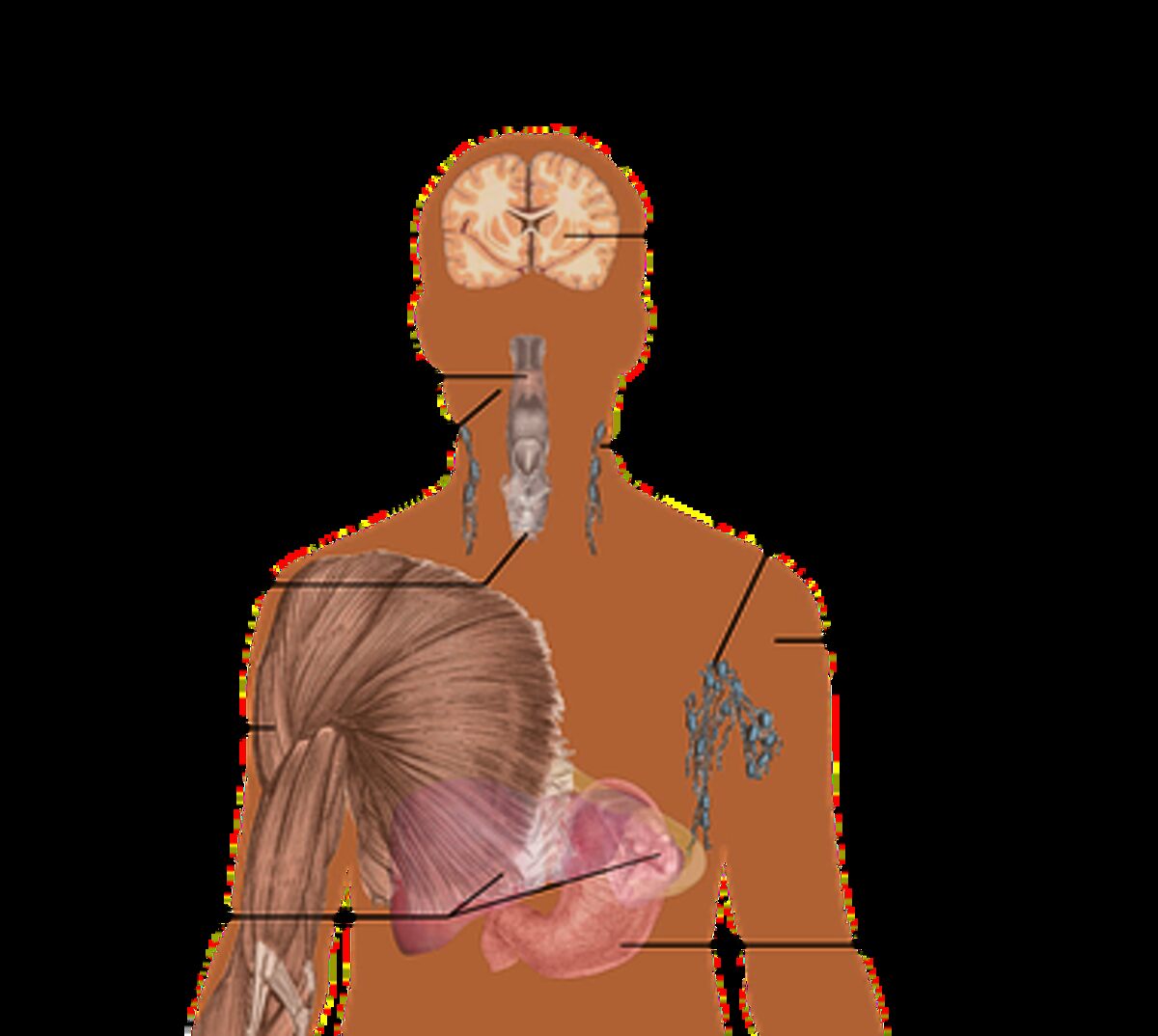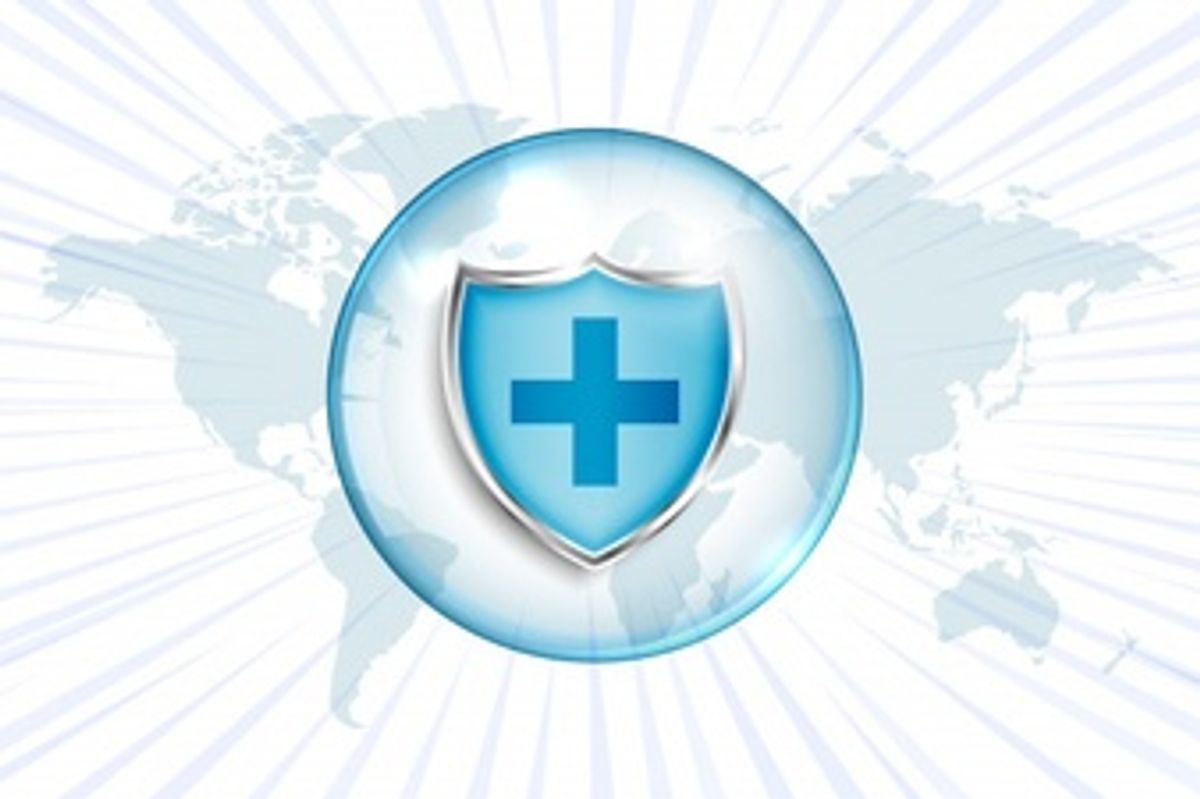HIV Symptoms and How to Prevent Them
The first step to preventing HIV is learning about the symptoms and the ways to prevent them. These include avoiding sexual activity with people with the disease, using barrier methods, and using condoms and condom-like devices when having sex. In addition, it is essential to have regular blood tests and to talk to a healthcare provider if you suspect you have an STI. There is also a new medication called PrEP, or pre-exposure prophylaxis, which can help to reduce the risk of transmitting the virus. While most commonly recommended for people with HIV, it can be used in other situations.
Skin rashes
If you have skin rashes as part of your HIV symptoms, you must consult a healthcare provider to determine the underlying cause. Some of the medicines used to treat HIV can cause a rash. These include Septrin (cotrimoxazole), Dapsone, Pyrimethamine, Clindamycin, and Atovaquone.
HIV causes a weakened immune system, making it easy for infections to occur. Depending on the underlying cause of the infection, the skin may develop a red or itchy rash. In addition, there are other causes of rashes, including infections caused by viruses, bacteria, or parasites.
When you have skin rashes as part of your HIV symptoms, you should visit a doctor as soon as possible. Treatment for this condition is essential to control the disease. Antiviral medications, antihistamines, and steroid creams can help relieve itching. You should also limit your exposure to sunlight and hot showers to avoid further skin irritation.
Skin rashes as part of HIV syndrome are common symptoms of HIV infection. Some rashes occur on the face, chest, and arms. They are most common in people with dark skin, but anyone with HIV may develop them. Other symptoms include prurigo nodularis, which causes itchy, lumpy skin. People with low CD4 cell counts often have these. In addition, a person may also develop pearly pimples caused by a viral infection. Infections like these can spread quickly and require treatment at an HIV clinic.
Skin cancers are another symptom of HIV. A weak immune system can cause skin cancer. Both basal cell skin cancer and squamous cell skin cancer can occur. Dermatologists can treat skin cancer by freezing it or cutting it.
Night sweats
Symptoms of HIV infection can be uncomfortable, even life-threatening. Night sweats are a common symptom of the disease and can occur frequently or occasionally. They may be accompanied by other symptoms such as fever, diarrhea, joint pain, and enlarged lymph nodes. Rarely do night sweats occur alone.
The first phase of HIV infection is known as the acute phase. This lasts two to four weeks and includes many symptoms similar to the flu. Most people with HIV experience night sweats, but not everyone will experience these symptoms immediately. Once the antiretroviral therapy kicks in, the night sweats will stop.
Night sweats can also be caused by bacterial infections, including osteomyelitis and endocarditis. Some people with HIV may also experience the symptom due to an undiagnosed illness. A doctor can determine the underlying cause of night sweats and order tests to rule out other causes.
Other signs of HIV infection include dry cough, night sweats, and abdominal pain. Many HIV patients also experience short-term diarrhea, vomiting, and nausea. Night sweats are a symptom similar to hot flashes associated with menopause. These sweats can cause sheets and pajamas to become wet aged.
Pain in the genital area
Pain in the genital area can be a symptom of HIV. The virus can also cause ulcers, which make it easier for HIV to enter the body during sex. Some people with HIV also experience herpes outbreaks more frequently than others. Because the disease affects the immune system, patients are more susceptible to developing these infections. Other less common HIV symptoms include peripheral neuropathy and uncontrolled diabetes. These conditions can be treated with over-the-counter pain relievers and antiseizure medications.
Symptoms of HIV in women include painful sex, abnormal bleeding, and hot flashes. In addition, women with HIV often enter menopause much younger than those without the virus. This early menopause can cause severe side effects, including pelvic pain. Symptoms of HIV can be challenging to detect, but getting tested and receiving treatment early can help prevent future symptoms.
HIV causes painful sores in the genital area, particularly in the first stage. The sore can be internal or external. It may also develop in the mouth or esophagus. Women who develop these symptoms often weakhaweak have immune systems, making them more susceptible to fungal infections.
HIV symptoms in women can mimic flu-like symptoms. They’re common in both sexes but don’t always indicate HIV infection. If you experience pain, sex, or fever, get tested. It may take up to three months or more before HIV reaches detectable levels in the body. Once diagnosed, HIV treatment will give you the best chance of a long and healthy life.




